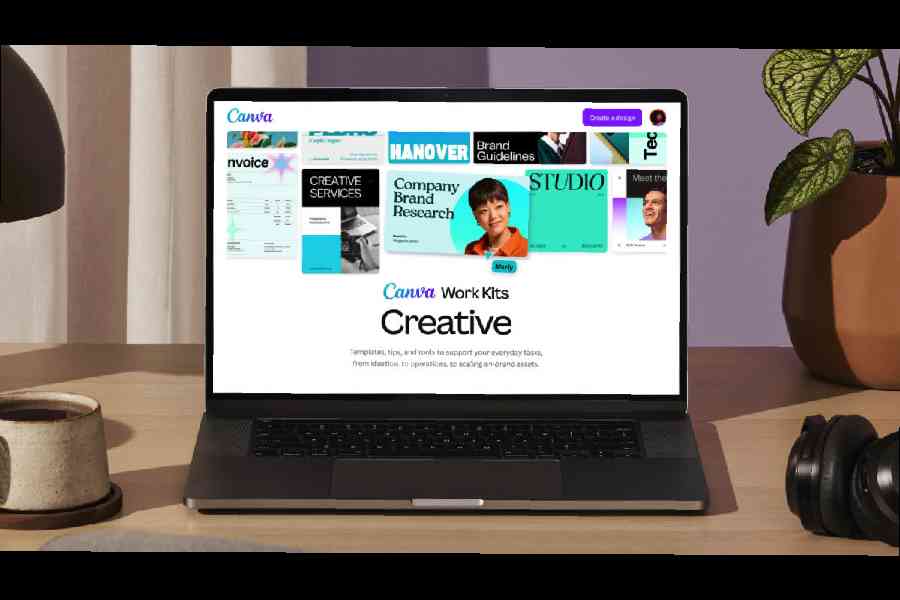Popular online editing application Canva now has more teeth, thanks to its redesigned user experience offering and a service designed to meet the needs of large organisations.
Changes include a feature set enterprises expect, like security offerings and tools for managing larger groups of users. The updates are coming to a brand that had years ago started as a way to help everyday consumers without a design background to make cutting-edge creatives for social media and professional environments. The number of use cases for the app has grown and it has had a tremendous impact on its competition.

Popular features, like automatically removing the background, can be easily spotted
“We are excited to introduce a revamped Canva experience and a suite of new products to empower every organisation to design…. We democratised the design ecosystem in our first decade and now look forward to unifying the fragmented ecosystems of design, AI, and workflow tools for every organisation in our second decade,” said Canva co-founder and CEO Melanie Perkins.
The updates are directly addressing issues that affect larger organisations, for example design cannot be confined to one group only because multiple departments address design needs. Further, as more departments become involved in the workflow, the AI component grows in importance.

Canva said its products are already used “across 95 percent of Fortune 500 companies”
Many of the updates are geared towards businesses, such as AI-powered style matching for brands, which will help users customise what folders are displayed in the homepage workspace, and there is the ability for teams to “star” designs, folders, and brand templates to provide easier access to specific projects.
Canva Docs now has a “suggestion” mode for editors to leave recommended edits and coloruful highlight blocks to emphasise specific areas of text. Some of the uses that have been cited are pitch decks, job ads, content calendars, and brand strategy docs. The customisable, branded kits let users create “templates, from presentations to documents, built to enable teams to scale their output with easy-to-access tools”.
To onboard users there is Canva Courses, designed to help transform existing designs into interactive courses for workplace learning.
There are new “Magic Studio” AI tools like automatic clip highlighting and background noise reduction for video editing, and a new text-to-graphic image generator for producing icons, graphics, and illustration-style designs.
In March 2024, Canva acquired UK-based creative software suite, Affinity. The latest Affinity version 2.5 introduces advanced editing features to enhance professional performance.
The company has unveiled a new workplace user interface, complete with a redesigned editing toolbar that “creates more space and improves focus”. For example, popular features, like automatically removing the background, can be easily spotted. And a new customisable homepage will allow users to favourite specific designs, folders, and templates. The refreshed editing panel now automatically collapses when not in use to stop it from obstructing in-process design projects.
The Australian company was established in 2013 and has raised more than $560 million, most recently at an astonishing $26 billion valuation. Besides, it has over 180 million monthly users worldwide.
In 2022, Canva took up the AI race seriously and started offering stiff resistance to competitors like Microsoft Designer and Adobe. In fact, Adobe has spread its portfolio into a generative AI-powered enterprise software platform, introducing Firefly to Photoshop.

In 2022, Canva took up the AI race seriously and started offering stiff resistance to competitors like Microsoft Designer and Adobe
Canva said its products are already used “across 95 per cent of Fortune 500 companies”. The company has hired former Adobe executive Rob Giglio to lead its enterprise sales as chief customer officer.










